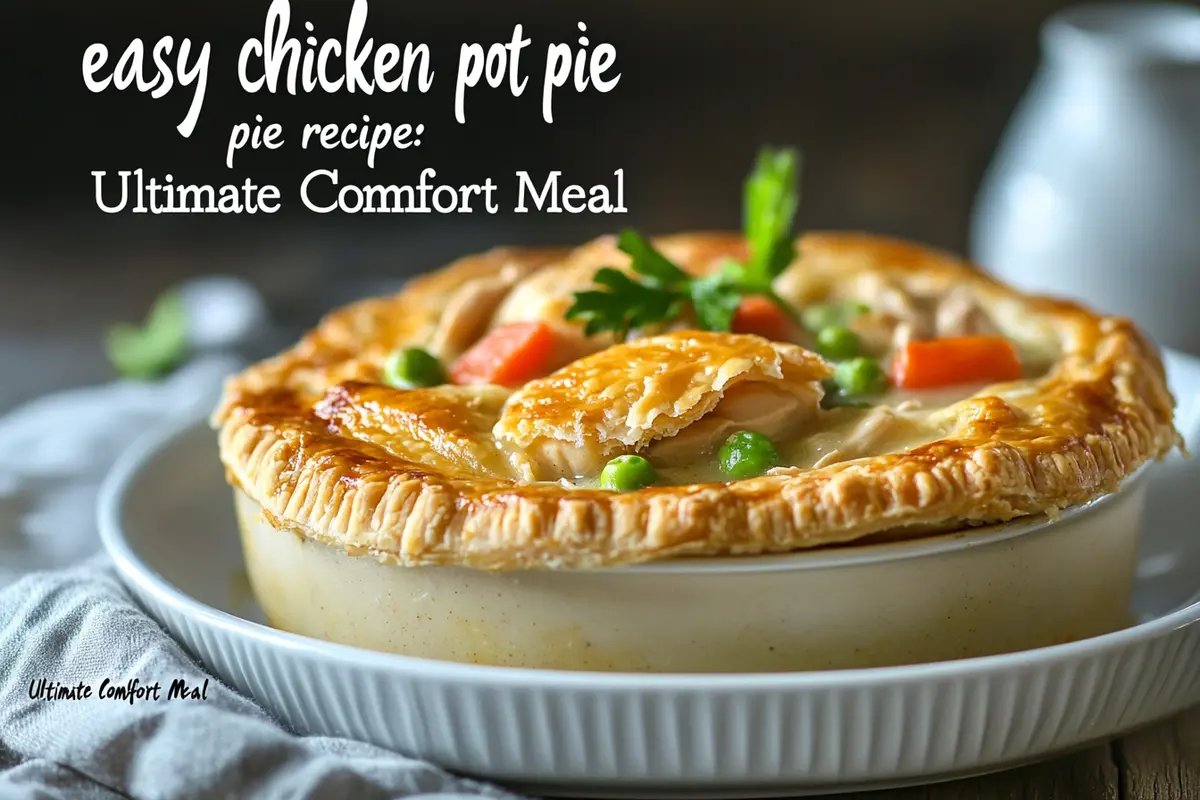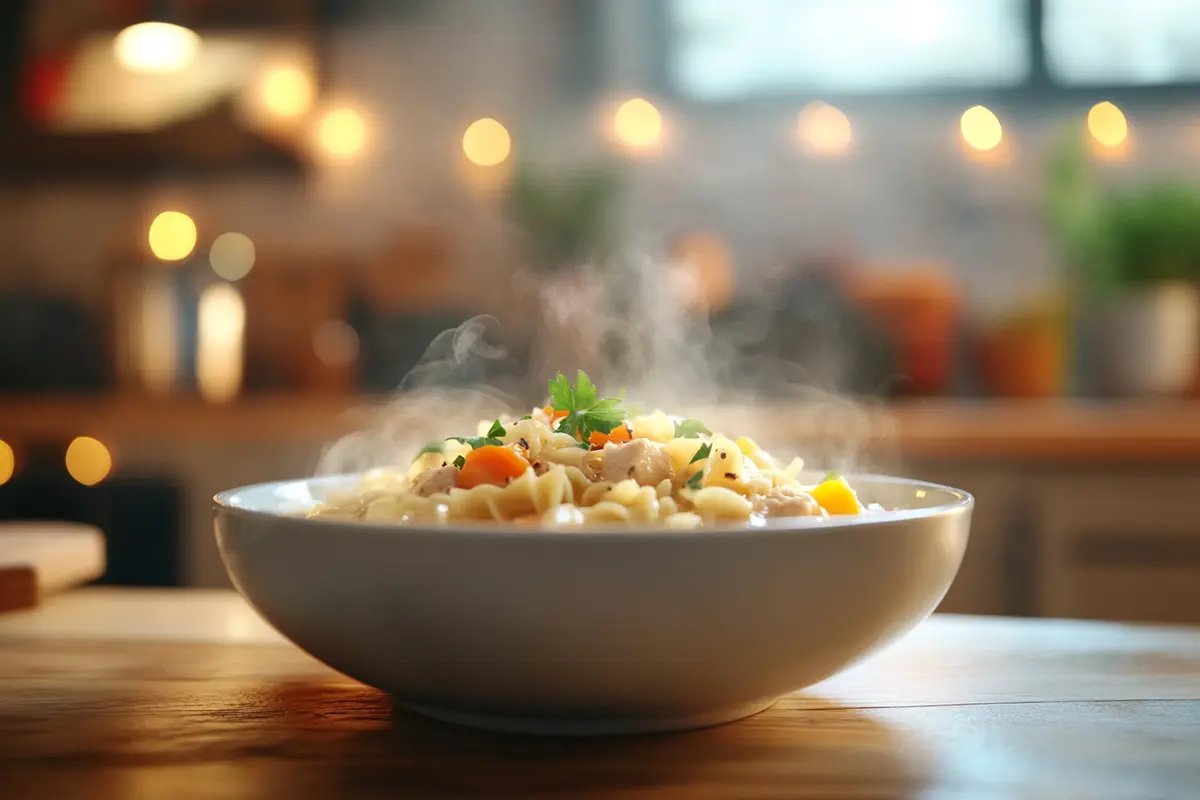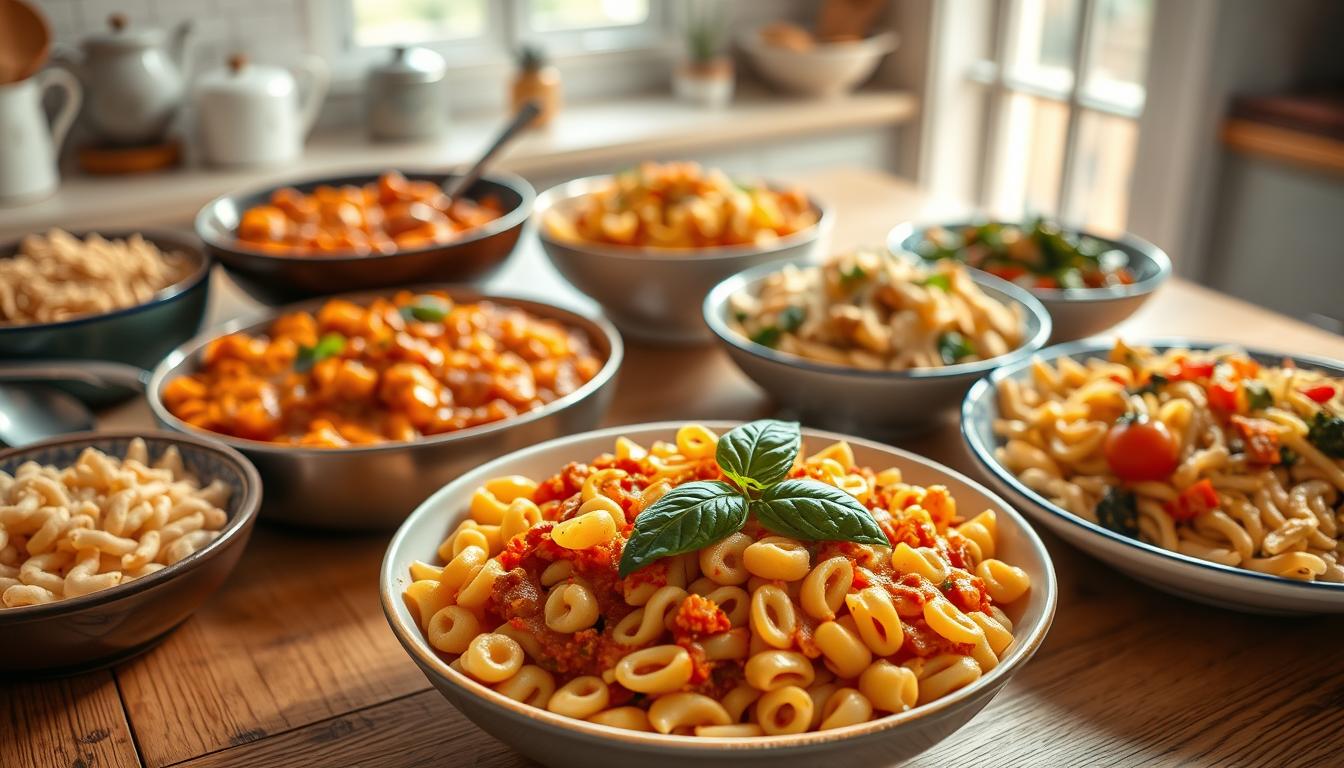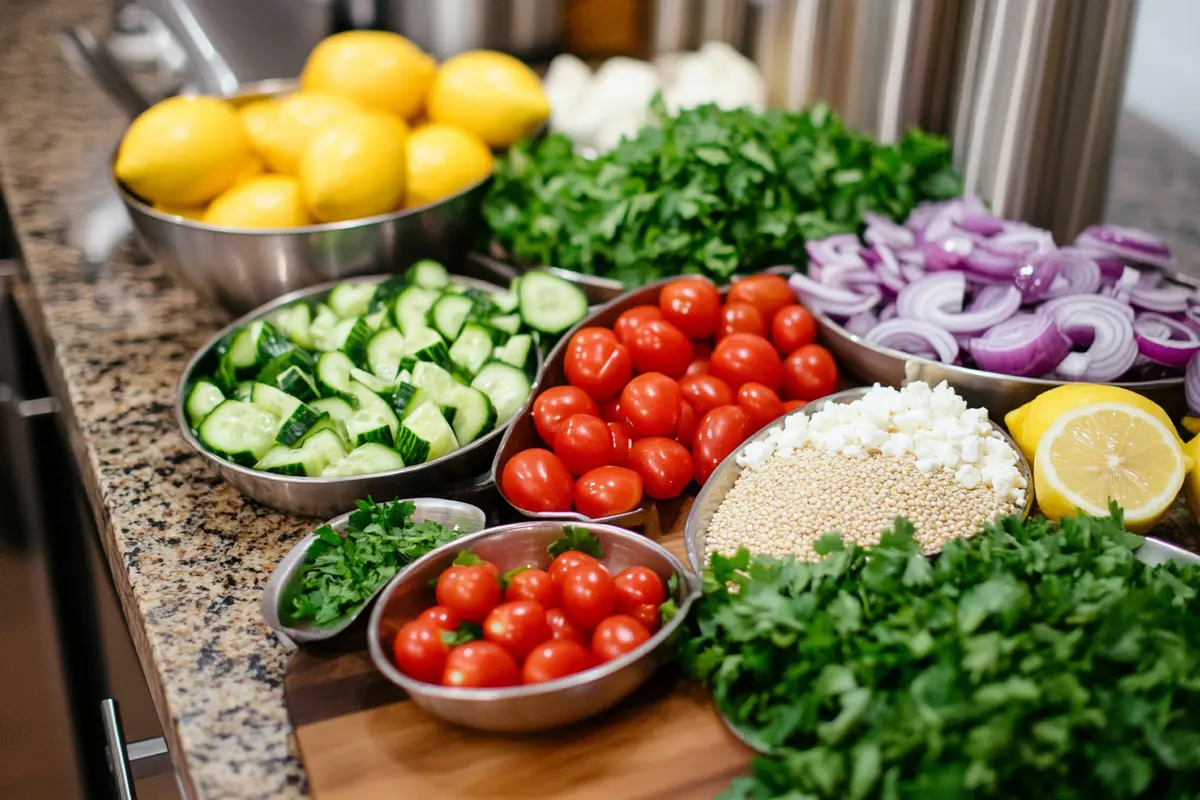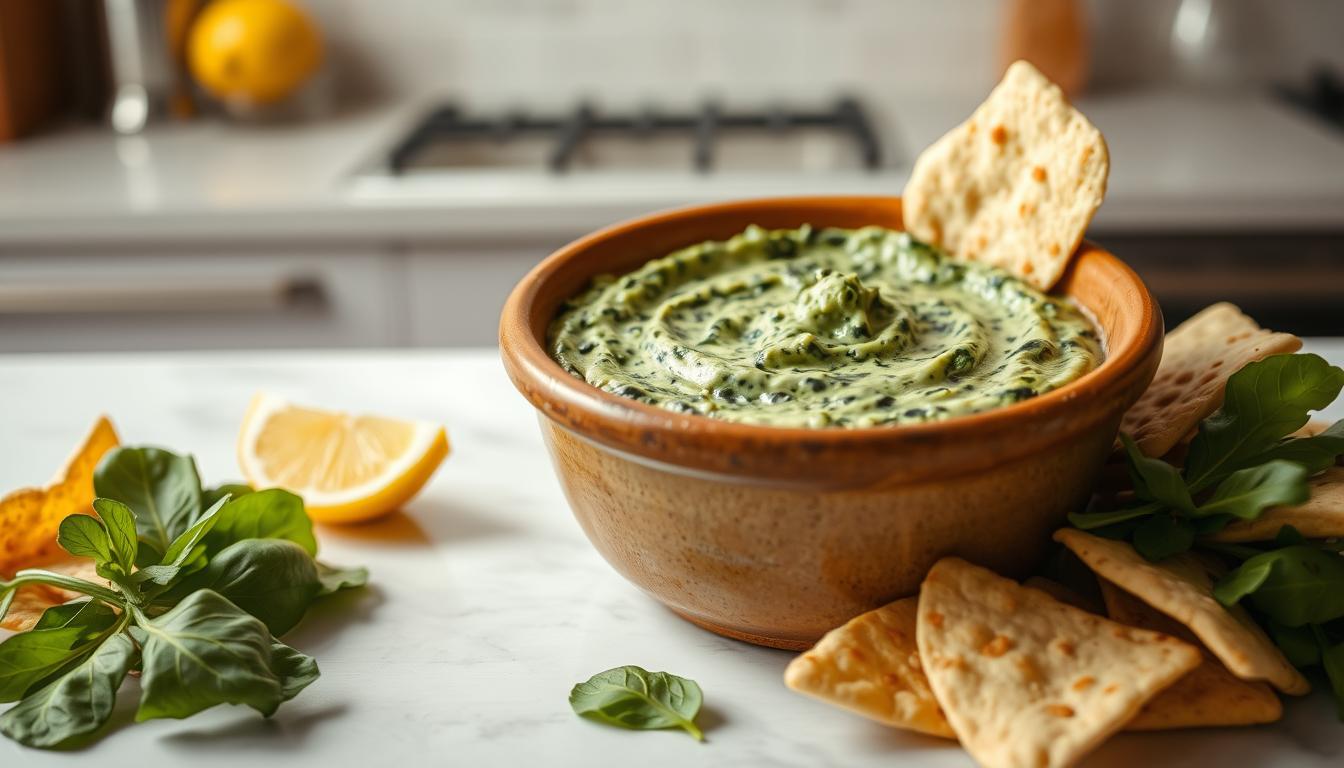Are you craving a hearty, easy chicken pot pie recipe that comforts the soul and brings smiles to everyone around your dinner table? Look no further. In this revised guide, you’ll discover the magic of preparing a savory chicken pot pie that’s bursting with flavor. From the precise ingredients to the step-by-step cooking process, we’ll cover everything you need for a satisfying, homemade experience. By the time you’re done reading, you’ll be armed with tips, variations, and plenty of know-how to craft a scrumptious pot pie that surpasses most ready-made or store-bought options.
1. The Comfort Food Legacy
Food has a unique way of preserving memories. Many of us fondly recall the aroma of a chicken pot pie filling the kitchen on a chilly evening. This classic dish brings together succulent chicken, colorful vegetables, a velvety sauce, and a flaky crust that practically melts in your mouth. For decades, pot pie has stood as a symbol of family gatherings, Sunday dinners, and old-fashioned warmth. Even for those new to cooking, the pot pie tradition offers an inviting way to learn new techniques without undue stress.
Originally, pies of all sorts have traveled through various cultures and eras. Wrap meat and vegetables in dough, and you create a moist, sealed environment that results in tender ingredients and robust flavors. As European culinary practices made their way to North America, the pot pie adapted to include local produce and preferences. Over time, it gained traction as a staple for home cooks eager to serve something both filling and heartwarming. Today, cooks have refined it into an approachable recipe that incorporates modern conveniences, such as leftover chicken and ready-made crusts.
With this easy chicken pot pie recipe, you’ll see how classic tradition and modern shortcuts merge harmoniously. Whether you’re looking for nostalgia or just a dependable dinner to impress family and friends, a well-made chicken pot pie delivers on all fronts. Let’s now dive into the exact ingredients, essential tools, cooking tips, and everything else you need for pot pie mastery.
2. Why Choose an Easy Chicken Pot Pie Recipe?
If you’ve ever felt too busy to spend hours in the kitchen, then the easy approach to chicken pot pie can be a lifesaver. By opting for ingredients like leftover rotisserie chicken or pre-chopped vegetables, you cut down on time-consuming tasks while still getting a dish that rivals anything you’d make from scratch. It’s the perfect compromise: big flavor, minimal fuss.
Moreover, your easy chicken pot pie recipe doesn’t need to taste “simple.” You can layer herbs, spices, or even splashes of cream to amplify flavor. The “easy” part mainly pertains to streamlined preparation. You still get to enjoy the same comforting textures—tender chicken swimming in a rich sauce, fresh vegetables providing color, and a crispy crust crowning it all.
Another reason for choosing an easy method is practicality. Leftover chicken from another meal can find new life nestled under a flaky crust. Frozen peas or carrots in your freezer make it effortless to create a balanced filling. Because you control the salt and add-ins, you can keep it healthier than many store-bought frozen pot pies loaded with preservatives.
Overall, an easy chicken pot pie recipe excels at turning everyday ingredients into a special occasion. If you’ve been searching for a dish that leaves everyone satisfied yet doesn’t keep you tied to the kitchen for hours, this is it. Up next, we’ll ensure you have all the necessary tools to make the magic happen.
3. Essential Tools for Preparation
Every successful cooking adventure starts with the right equipment. While most home kitchens are likely equipped for this dish, here’s a quick list to verify you’re all set:
- Cutting Board: Opt for a sturdy surface to dice and chop veggies safely.
- Sharp Knife: A quality knife speeds up prep work and reduces fatigue.
- Measuring Cups and Spoons: Precise measurements guarantee the correct balance of ingredients, especially important if you’re new to cooking.
- Mixing Bowl: Useful for tossing ingredients together or quickly marinating chicken.
- Skillet or Saucepan: You’ll use this to cook the filling (vegetables, gravy, etc.).
- Pie Dish: A standard 9-inch pie dish is typical, but a deep-dish or cast-iron skillet also works well.
- Rolling Pin (optional): Only if you’re rolling homemade dough. If using pre-made pie crusts, you can skip it.
- Pastry Brush (optional): Ideal for brushing egg wash on the top crust if you want a shiny, golden appearance.
These tools form the backbone of an enjoyable cooking process. If you have them organized ahead of time, assembling your pot pie becomes even easier. Now, it’s time for the most crucial part: the precise ingredient list that ensures you and your customers know exactly what to gather before cooking.
4. Exact Ingredient List
Below is a precise list for a standard 9-inch easy chicken pot pie recipe. This configuration yields enough servings for four to six people, depending on portion size. If you’re feeding a crowd with hearty appetites, consider doubling the recipe.
For the Filling
- 2 cups cooked chicken, shredded or diced
- You can use leftover roast chicken, a rotisserie chicken, or freshly cooked boneless breasts/thighs.
- 1 cup diced carrots
- Fresh or frozen both work. If fresh, chop them into evenly sized pieces.
- 1 cup peas
- Frozen peas are a huge time saver here. Just thaw them slightly.
- 1/2 cup diced celery
- Adds crunchy texture and extra flavor to the mix.
- 1/2 cup diced onion
- Approximately half of a medium onion, diced finely.
- 1/3 cup butter (about 5 tablespoons)
- Contributes richness and flavor.
- 1/3 cup all-purpose flour
- Helps thicken your sauce to achieve that velvety consistency.
- 1 3/4 cups chicken broth
- Low-sodium broth allows you to control salt levels better.
- 2/3 cup milk
- Whole milk for creaminess, or use 2% if you prefer a lighter option.
- 1 teaspoon salt (or to taste)
- Adjust based on the salt content of your broth.
- 1/2 teaspoon black pepper (or to taste)
- Freshly ground pepper offers a bold, aromatic bite.
- 1/2 teaspoon dried thyme (optional)
- Other herbs like rosemary, oregano, or parsley also pair beautifully with chicken.
For the Crust
- 2 pie crusts (homemade or store-bought)
- One for the bottom (if using) and one for the top. If you prefer a single-crust pot pie, omit the bottom crust and only use one dough layer as a lid.
These core ingredients can be modified to your liking. Love mushrooms or sweet corn? Add them. Need to use leftover turkey? Swap the chicken. But the listed measurements, as they stand, will ensure you land on a reliably delicious pot pie every time.
5. Key Ingredients for a Flavorful Result
The list above underscores specific amounts, but let’s talk for a moment about how each ingredient contributes to the final dish:
- Chicken: Obviously the star of any chicken pot pie. Using cooked chicken keeps the process simple. Leftovers from a roasted chicken bring extra flavor because they often have seasoning from the initial cooking.
- Vegetables: Carrots, peas, celery, and onions are the standard quartet. They provide color, nutrition, and a variety of textures. Feel free to add extras like diced potatoes or mushrooms if they appeal to you.
- Roux (Butter + Flour): By stirring flour into melted butter, you form the base that will thicken your sauce. This roux technique is essential for that classic pot pie gravy.
- Milk and Broth: A combination of chicken broth and milk ensures a creamy yet light consistency. Some cooks prefer cream instead of milk for extra richness, but you can experiment to find your balance.
- Seasonings: Salt, pepper, and thyme bring savory depth, while optional herbs like rosemary or parsley create a more complex aroma. Don’t be afraid to taste-test and adjust as you go.
Having these ingredients on-hand provides a baseline for success. Next, let’s explore the actual process of cooking everything together for that iconic, comforting pot pie experience.
6. Step-by-Step Cooking Instructions
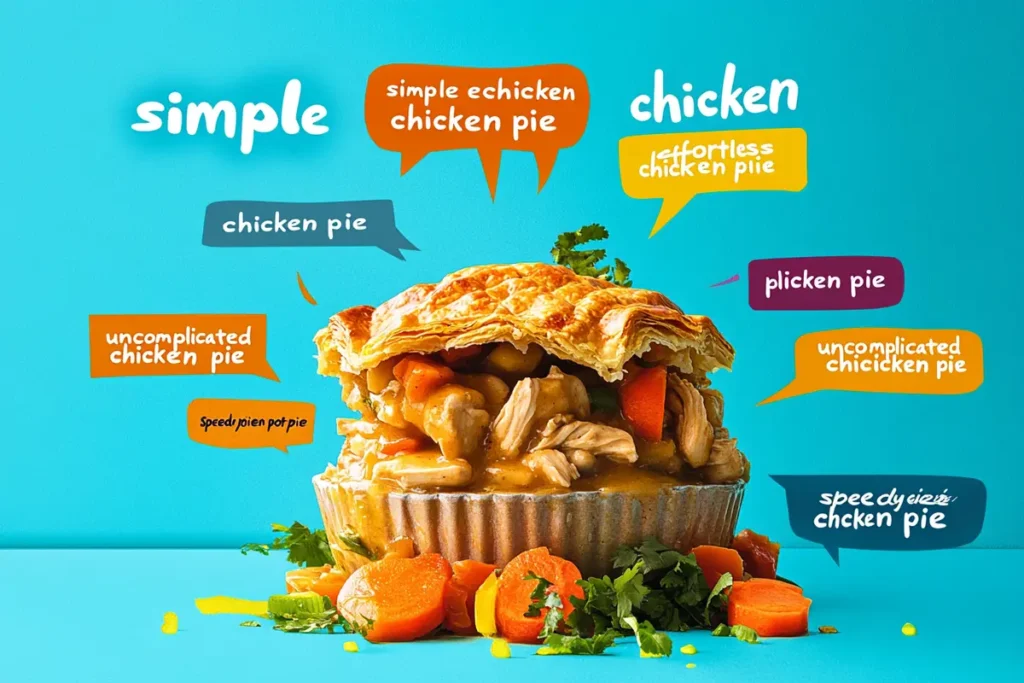
- Cook or Gather Your Chicken
- If starting with raw chicken, bake or sauté it until fully cooked (internal temperature of 165°F/74°C). Season lightly with salt and pepper.
- If using leftover or rotisserie chicken, shred or dice it and set aside.
- Prep Your Vegetables
- Dice your carrots, onions, and celery into uniform pieces. If using frozen veggies, thaw them slightly and pat dry.
- Sauté the Aromatics
- Melt 1/3 cup butter in a skillet over medium heat.
- Toss in diced onion, carrots, and celery. Sauté for about 5–7 minutes, or until the onions become translucent.
- Form the Roux
- Sprinkle 1/3 cup flour over the sautéed vegetables. Stir continually for about 1 minute, letting the flour absorb the butter. This step ensures the raw taste of flour cooks out.
- Add Broth and Milk
- Gradually pour in 1 3/4 cups chicken broth while stirring to avoid lumps. Then add 2/3 cup milk.
- Let the mixture come to a gentle simmer. The sauce will begin to thicken within a few minutes.
- Incorporate Chicken and Peas
- Gently fold in 2 cups cooked chicken and 1 cup peas. Add 1 teaspoon salt, 1/2 teaspoon black pepper, and optionally 1/2 teaspoon thyme.
- Taste and adjust seasonings if needed. You can add more salt, pepper, or herbs to suit your preference.
- Assemble the Pie
- If using a bottom crust, lay it into your 9-inch pie dish. Pour the filling on top.
- Cover with the second pie crust (or the only crust if you’re skipping a bottom layer). Crimp or press the edges to seal.
- Cut a few slits on the top crust to allow steam to escape.
- Bake
- Preheat your oven to 400°F (200°C).
- Place the pie on a baking sheet to catch any spills, then bake for 30–35 minutes, or until the crust is golden brown and the filling is bubbly.
- Rest and Serve
- Remove your pot pie from the oven and let it rest for about 10 minutes. This step allows the filling to set, making slicing easier. Enjoy every spoonful!
7. Secrets to a Perfect Crust
The crust can make or break any pie. Whether you’re using store-bought dough or making your own, here are some pointers to help you elevate it:
- Keep It Cool
- If making pastry from scratch, work with cold butter and iced water. When the cold butter melts in the hot oven, it creates flaky layers.
- Don’t Overwork the Dough
- Overworking flour develops more gluten, leading to a tough crust. Mix just until the dough holds together.
- Pre-Baking (Optional)
- Also called blind baking. If you’re worried about a soggy bottom crust, you can partially bake it before adding the filling. Use pie weights or dried beans to keep the crust from puffing up.
- Egg or Milk Wash
- Brushing the top layer with beaten egg or a bit of milk helps achieve that shiny, golden-brown look.
- Cut Vents
- Make sure to slice vents into the top of the pie. This allows steam to escape and prevents the filling from bubbling over the edges.
By integrating these tips, you can sidestep common pitfalls and produce a crust so appealing that it rivals bakery-quality pies. If you prefer the utmost simplicity, a store-bought crust often suffices—especially when your main concern is quick assembly.
8. Common Mistakes to Avoid
No recipe is entirely foolproof; however, awareness of typical missteps can help you sidestep disappointment. Below are a few frequent mistakes and how to prevent them:
- Undercooked Vegetables
- If you skip pre-cooking carrots and onions, they may remain crunchy after the pie bakes. Sautéing them first solves this problem.
- Runny Filling
- A watery pot pie can occur when your roux isn’t cooked enough or you added too much broth. Ensure your sauce fully thickens before transferring it into the pie dish.
- Soggy Bottom Crust
- Blind baking (especially if you’re doing a double crust) can be a game-changer. If you opt not to blind bake, make sure your filling isn’t overly liquid.
- Unbalanced Seasoning
- Tasting as you cook is crucial. Relying on salt at the end might lead to uneven seasoning.
- Overstuffing
- Crowding the dish can cause overflow in the oven. Keep the filling just below the rim. Leftover filling can be frozen for another day.
Avoiding these mistakes means you’re already on your way to pot pie success. If you do encounter one of these issues, don’t despair. Cooking is a journey, and every hiccup teaches you something new.
9. Exploring Variations and Substitutions

One of the best things about a chicken pot pie is its adaptability. You can easily vary ingredients based on taste preferences, dietary needs, or even leftover produce you’re aiming to use up.
- Different Proteins
- Turkey: Perfect after big holiday meals when leftover turkey abounds.
- Seafood: Replace chicken with shrimp or fish. Consider adding mushrooms and white wine to enhance the flavor.
- Vegetarian: Swap the poultry with tofu or omit meat entirely. Use veggie broth, and add mushrooms or extra veggies for heartiness.
- Crust Alternatives
- Biscuit Topping: Instead of pie crust, spoon biscuit dough on top for a fluffy, rustic finish.
- Puff Pastry: A top layer of puff pastry bakes into a delicate, crispy shell.
- Phyllo Dough: Several layers of butter-brushed phyllo create a light, crunchy topping.
- International Twists
- Spicy Tex-Mex: Season the filling with chili powder and cumin. Add black beans, corn, and maybe a bit of shredded cheese.
- Italian-Style: Stir in diced tomatoes, Italian seasoning, and mozzarella or Parmesan cheese.
- French-Inspired: Add sautéed leeks, white wine, and tarragon for a refined profile.
- Healthy Adjustments
- Lower Fat: Use skim milk instead of whole milk, or reduce the butter in the roux.
- Gluten-Free: Choose gluten-free flour for your roux and use a gluten-free pastry or biscuit mix.
- Less Salt: Opt for low-sodium broth, and let fresh herbs or a sprinkle of lemon zest elevate the taste.
These variations keep pot pie fresh and exciting. Whether you want to stay traditional or fuse different cuisines, you’ll find that the basic structure—meat (or a substitute), vegetables, creamy sauce, and a crust—remains a perfect canvas for creativity.
10. Serving Suggestions
Although a pot pie is typically a standalone meal, you can elevate your dinner with strategic side dishes and beverages:
- Green Salad
- A crisp salad with vinaigrette acts as a refreshing counterpoint to rich, creamy pot pie.
- Roasted Veggies
- If you love vegetables, consider serving a side of roasted broccoli, asparagus, or cauliflower seasoned with olive oil, salt, and pepper.
- Bread Rolls
- For a crowd that loves carbohydrates, warm dinner rolls or crusty baguettes let guests sop up any stray gravy on their plate.
- Beverages
- Think mild drinks like iced tea, sparkling water with lemon, or a light white wine that won’t overshadow the pot pie’s flavors.
Serving pot pie with these sides ensures everyone feels well-fed yet not overwhelmed. The key is finding items that complement the richness rather than compete with it.
11. FAQs About the Dish
These frequently asked questions may come up if someone is new to pot pies or just wants to clarify a few points:
11.1. Can I Freeze My Pot Pie Before Baking?
Absolutely. Assemble it fully, then wrap it tightly with plastic wrap and aluminum foil. Thaw it overnight in the refrigerator before baking, or increase baking time if placing it in the oven while still partly frozen.
11.2. Is a Pie Dish Required?
Not necessarily. A cast-iron skillet, casserole dish, or individual ramekins can also hold the filling and crust. Adjust baking times if the container dimensions differ significantly.
11.3. Why Is My Bottom Crust Soggy?
Excess moisture or a too-thin roux can cause this problem. Blind baking the bottom crust and ensuring your filling is sufficiently thick reduce the likelihood of sogginess.
11.4. What If I Only Have Frozen Vegetables?
Frozen mixed vegetables (peas, carrots, corn, and green beans) are a favorite shortcut. Thaw them briefly and pat them dry. This step prevents additional water from diluting your sauce.
11.5. How Should I Store Leftovers?
Cover the pot pie tightly and store it in the fridge for up to three days. Reheat individual slices in the oven at 350°F (175°C) until warmed through. The microwave works in a pinch but may soften the crust.
11.6. Can I Lighten the Recipe?
Certainly. Use less butter, replace cream with milk, or add more vegetables. You can also skip a bottom crust and only top the filling with a single layer of dough.
12. Crafting a Memorable Dining Experience
Cooking isn’t just about feeding people; it’s a chance to create lasting memories. Simple touches can transform a weekday dinner into a special event:
- Table Settings: Spread a simple table runner, or place matching napkins and plates.
- Lighting: Soft lighting or candles can provide a cozy ambiance.
- Music: A gentle playlist in the background elevates the mood without distracting from conversation.
- Presentation: Slice your pot pie neatly, and serve with a garnish of fresh parsley or thyme. Small details can make your meal look and feel exquisite.
Turning dinner into a moment worth savoring doesn’t necessarily demand a huge budget or lots of planning. Thoughtful additions, however simple, can make your easy chicken pot pie recipe feel like a culinary event.
13. Encouraging Experimentation with Pastry Art
If you like to play around in the kitchen and take your pot pie aesthetic up a notch, the top crust doubles as a canvas for pastry creativity:
- Cookie Cutter Shapes: Cut out hearts, leaves, or stars from spare dough and place them on top.
- Braided Edges: Weave small dough strips into a braid for an eye-catching border.
- Lettering: Use dough scraps to form initials or messages, perfect for birthdays or festive occasions.
- Egg Wash Patterns: Paint stripes or designs with an egg wash, leaving some parts unbrushed for a two-tone effect.
Such ornaments make each pot pie feel special. Whether you’re celebrating an anniversary, impressing friends, or just having fun, pastry art adds a whimsical dimension to this comforting dish.
14. Tips for Scaling the Recipe
Sometimes you need more or fewer servings than a single 9-inch pie provides. Luckily, scaling an easy chicken pot pie recipe is straightforward:
- Doubling: If you’re cooking for a large gathering, double all the ingredients. Use a bigger baking dish, such as a 9×13-inch pan, or make two pies. Baking times may increase by about 10-15 minutes.
- Individual Servings: Use ramekins for personal pot pies. This can be fun for dinner parties or family members with dietary restrictions, allowing you to customize each portion.
- Meal Prep: Prepare multiple pies ahead of time and freeze them. Rotate them in your freezer and thaw/bake when convenience is crucial.
Keep an eye on liquid consistency, as making larger amounts sometimes requires slight adjustments in broth or flour to maintain the perfect sauce texture.
15. Nutritional Considerations
While pot pie is known for being rich, you can manage nutritional concerns with mindful substitutions:
- Butter: Reduce the quantity or mix half butter and half olive oil.
- Dairy: Choose skim or low-fat milk instead of whole milk or cream. Add a cornstarch slurry (mix 1 tablespoon cornstarch with 1 tablespoon cold water) to thicken the sauce if needed.
- Broth: Use low-sodium chicken broth to cut down on salt.
- Crust: Make a single-crust pot pie or use lighter crust alternatives like phyllo dough.
- Vegetables: Increase the ratio of veggies to meat for a more plant-forward spin.
Even small changes can accumulate, making this comfort-food favorite more nutritious. You have control over each ingredient, so you can balance flavor and health in a way that suits you and your family best.
16. Building a Legacy of Your Own
Cooking often goes hand in hand with building traditions, and pot pies are no exception. Whether it’s a weekly treat, a go-to leftover recipe, or a cherished holiday meal, easy chicken pot pie can become part of your household identity. Each time you tweak the ingredients or experiment with a new herb, you’re adding a personal signature to this beloved classic.
In a world often dominated by fast food and take-out, there’s something empowering about cooking an old-fashioned dish that stands the test of time. Sharing slices of pot pie with friends, neighbors, or family fosters a sense of community and warmth. Over the years, your pot pie might become a highlight of gatherings—a testament to the power of home cooking and tradition.
Conclusion
Few dishes exude comfort as reliably as a chicken pot pie fresh from the oven. From the moment you cut through the golden crust, releasing aromatic steam full of savory promise, you’ll appreciate why this timeless recipe remains so revered. By relying on straightforward steps and precise measurements—as outlined in this easy chicken pot pie recipe—you can confidently recreate that nostalgic magic whenever cravings strike.
Let your creativity flourish by incorporating new vegetables, experimenting with different crust styles, or adjusting the sauce to your liking. Whether you’re motivated by the need for a fuss-free weekday meal or the desire to bring a traditional favorite to a family gathering, pot pie never disappoints. Plate up a slice, watch the filling gently spill onto the plate, and bask in the satisfaction of having mastered a hearty meal that blends flavors, memories, and comfort into every single bite. Bon appétit!
For more recipes: Lunch Archives – freshfixrecipes.com

